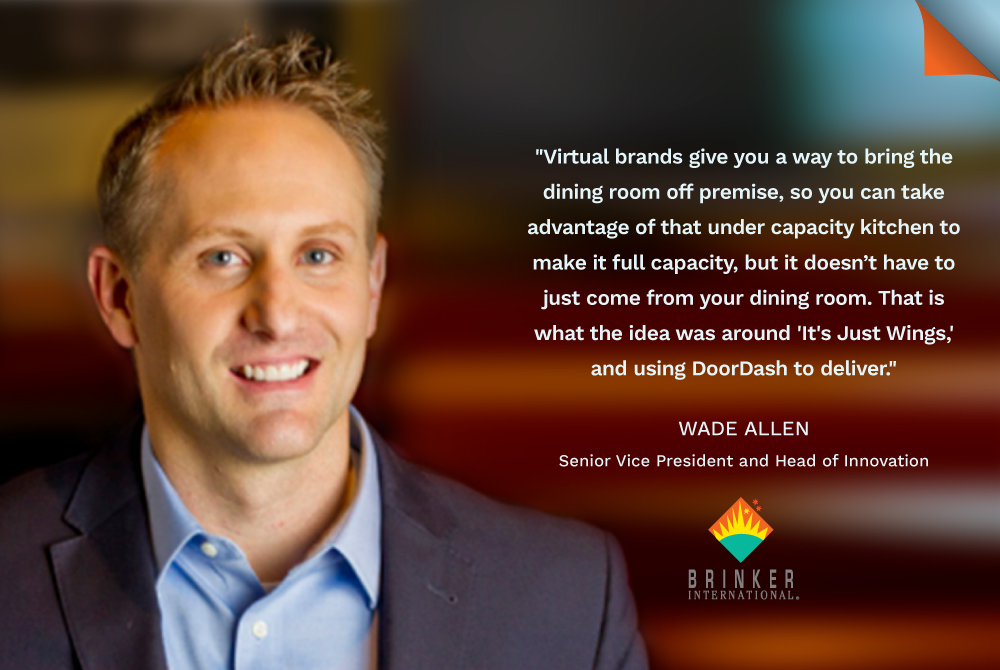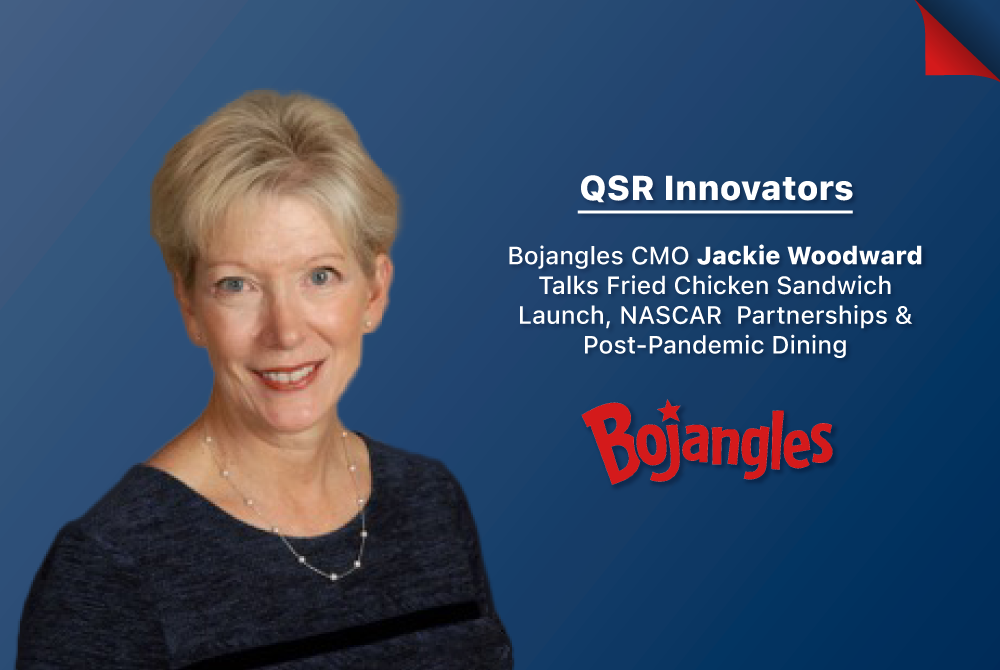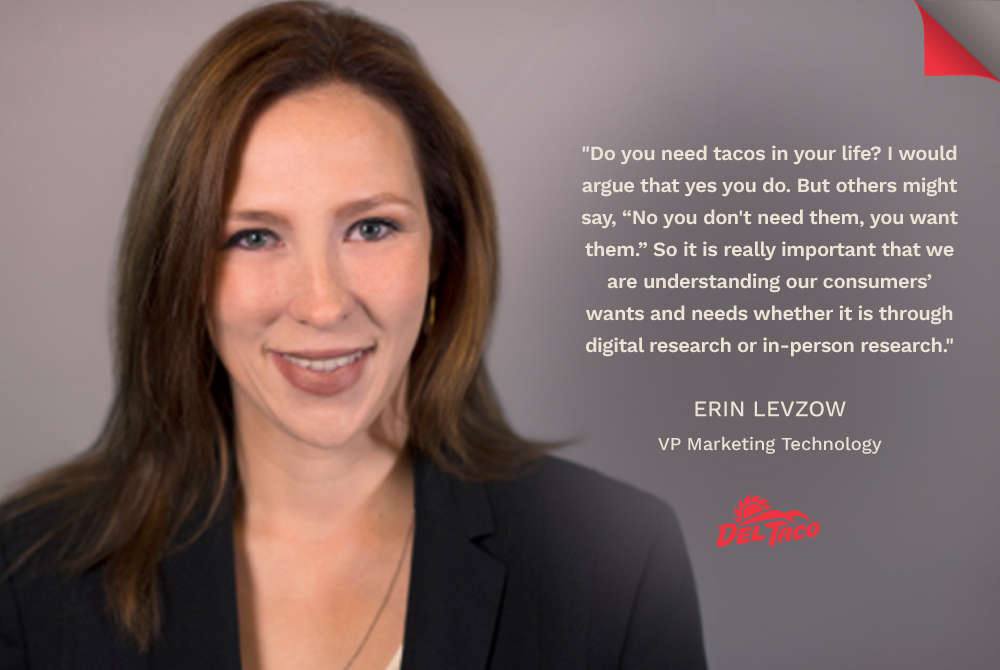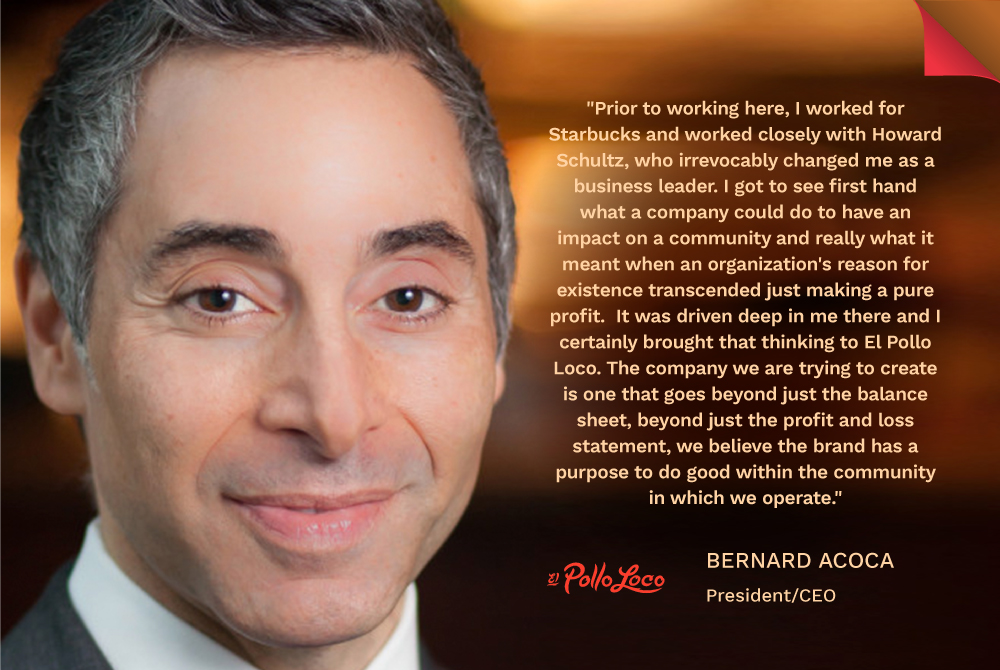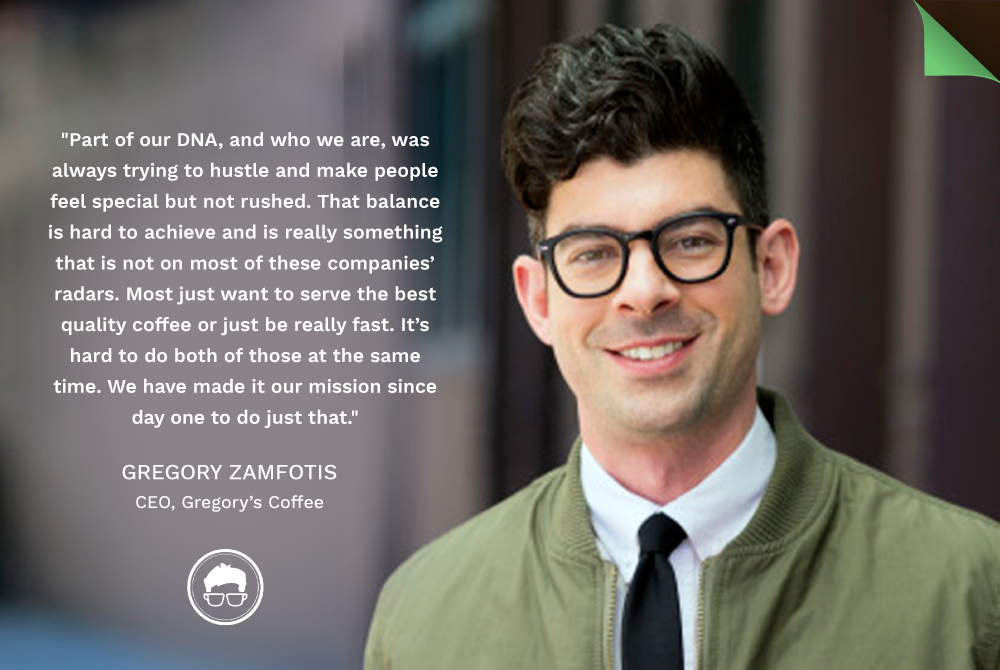Brinker International, the company behind Chili’s Grill & Bar and Maggiano’s Little Italy restaurant brands, has recently launched a virtual-only brand called It’s Just Wings. The virtual brand emerged as the company pivoted to the pandemic by using its extra kitchen space in their existing physical restaurants to cook the food and DoorDash to deliver.
The parent company already expects the brand, which launched in June, to be a $150 million business this year. “We knew wings was a hot topic, we already did wings really well at Chili’s but because it had the brand halo of Chili’s, people didn’t look at us as a wing expert,” says Wade Allen, SVP Head of Innovation at Brinker International. “So we had the opportunity to take some muscle memory from our cooking staff and our great partners in the supply chain, to launch a great new brand.”
“Now we can create a really cool solution all without cratering the kitchen, because the guys already knew how to fry wings, how to put those sauces together, how to cook the dessert and how to package it up,” he continues. “It is slightly different than what we do in Chili’s, but enough of a different choice that we had to create a separate brand and that is how this has been so successful.”
Innovation is key to the company’s brands and helped them when the pandemic hit. When restaurants shut down, Chili’s tapped its robust 10 million person database to stay connected and promote curbside pick up and delivery during and was able to quickly pivot to the new model.
Brand Innovators caught up with Allen, who has been with Brinker for almost seven years, to talk about how Brinker has been adapting its strategy in a new era of dining and what it means to launch a virtual restaurant. This interview has been edited for length and clarity.
Is launching a virtual brand different than launching a traditional brick-and mortar restaurant brand?
The biggest difference is that we pulled the trigger overnight. We launched 1,050 kitchens in a single day. You can’t open 1.050 brick-and-mortar restaurants over night. It takes time to construct that restaurant. And when you are going into a new market, you have a soft roll out and you are trying to drive dining room visits, whereas with virtual brands, you flip the switch and you are on. And part of the demand that is already going on in the virtual world through DoorDash. People found the restaurant and sales started coming within minutes of flipping the switch. It is very different when it comes to the launch and the deployment of a restaurant.
However, building the brand itself is not that different. There are some in the industry that say that virtual brands are different when it comes to building them and growing them and I would argue that they are actually very much the same. One of the biggest brands in the world today is Amazon. They sell physical goods but they are a virtual brand by nature. DoorDash, TaskRabbit, Uber, these are all virtual brands. These will continue to exist, it’s just that how you grow them and how you get visibility to them isn’t that different than what has been happening over the last 10 years with these virtual brands that have popped up and grown. You just have to get the channels right and it tends to be more of a digital world than a physical world when you are advertising.
How did your physical brands survive the shift to curbside pick up and delivery when the pandemic hit?
The coronavirus obviously impacted everybody. Restaurants were shut down around the country. We had been leading the casual dining space and most restaurant companies in our investments towards off-premise, which includes our to-go world, our white label delivery which is you go to a Chili’s app and have it delivered and our delivery partner exclusively with DoorDash. We had been operating in these channels for quite some time, so when the pandemic hit, and literally overnight we shut down dining rooms, we had the infrastructure built behind that. We had an online ordering platform that could handle millions and millions of transactions per second. So when the world pivoted away from going to the restaurants to going to the restaurants websites and applications to try and get that food delivered and or go pick it up, we handled the scale pretty seamlessly.
We also changed our dining rooms to be in the parking lot. The parking lot was the new dining room.We took our table top technology and literally moved it out into the parking lot and we were running those table top devices to take cards in as much of a contactless experience as possible. The only difference for us was we just had to change the Wi-Fi signal in the parking lot to a slightly different reach so it would push through the walls and into the parking lot.
So your large digital investment was ready when things shut down. How did your advertising shift?
When every restaurant company pulled in their horns from an advertising perspective, they took all those dollars and put them at the bottom line because they didn’t know what the world was going to be like and to have sustainable cash to get through this, we did something similar. We stopped all of our TV advertising, we pulled everything back.
But we have been making investments in the digital space since 2014 and building our database to 10 million active customers. We didn’t stop communication to those people, and they have very high response rates because they are Chili’s advocates. So while we shut down everything else, we kept the most immediate medium and that medium had grown to scale to where it kind of replicated a mass medium with 10 million active guests who were highly engaged. We had put in the work for customer retention marketing, and we could effectively market to this audience when things changed.
Did you change your messaging to offer more deals or more comfort food?
We did and it was about safety. It’s funny because we went through this whole thing of what do people want to eat at home, bigger meals, what is the demand? And the biggest demand was, “Tell me it is safe.Tell me that your food is prepared in a clean kitchen, that you are sanitizing.” They wanted to pick it up or have it delivered safely.
So while we still featured a lot of the food items and the great value that we had always featured, the primary message initially to our guests was safety, clean, sanitation methods. If you think back into March and April, the world was worried, did the virus live for hours and hours on a surface? Is it airborne? Nobody really knew so it was very important to convey this message that our kitchens are safe and it would be delivered in a safe way.
When you launched It’s Just Wings, did you let people know about the association with your other brands?
We had a very long debate internally about whether we associate this brand with Chili’s or Maggiano’s with this because of the halo that may be or may not be good for It’s Just Wings. We said guests are going to figure it out one way or another, so we should just be honest or transparent.
We made conscious decisions on the DoorDash carousel and on the website that this is a Brinker concept. We put an entire About Us page on the site explaining how it is cooked in Chili’s and Maggiano’s. We leverage those kitchens and our primary partner is DoorDash delivery. We tried to be as transparent as we could when we went out to the world all without saying it is a Chili’s brand or Maggiano’s brand because it really is different. You can’t buy this food in a Maggiano’s or Chilis or even order online. The sauces and rubs are unique.
It is a separate brand. We live in this weird virtual world now where we have an opportunity to launch brands in another brand’s kitchen. That is kind of how we kept that balance.
How does it work using these restaurants as ghost kitchens?
The world is not going back to before. That doesn’t mean that masks won’t come down or that people won’t go back into the dining room in full force. But I do believe that we are on a different path than we were on in 2019. If you go back and look at 9/11 or the Internet bubble that burst in late ‘99 and the early 2000s, or when you look at the mortgage crash of 2008, all of these events put us on a different path. We haven’t reverted back to the same world. Most of us today still take off our shoes when we go through the airport and the shoe bomber was in 2003.
I don’t think we will ever revert back to where it was pre-COVID. I think we have taught the world to do things differently. One of those things is the virtual world, getting things and goods in your home rather than actually going back to restaurants.
Do you think you will see full dining rooms again? Hopefully one day we will. But I think the world on a Tuesday or Wednesday night may be very different because Moms and Dads and couples can now get food at their home that they otherwise hadn’t been privy to because they didn’t live in Manhattan or Chicago or one of those cities where DoorDash and Uber Eats and Postmates were bringing food to the door.
It layers into how we look at virtual brands. Restaurants, specifically casual dining have been on a shrinking slide for a while. Volumes across the industry have been going down for quite some time. 15 years ago was probably the height of casual bars and grills, since that time we have seen the capacity in the kitchen come down. That is critical and key to virtual brands because what that allows us to do is say, “Hey we can staff more and drive more sales if only we can put more food into the dining room.” Virtual brands give you a way to bring the dining room off premise, so you can take advantage of that under capacity kitchen to make it full capacity, but it doesn’t have to just come from your dining room. That is what the idea was around It’s Just Wings and using DoorDash to deliver.
